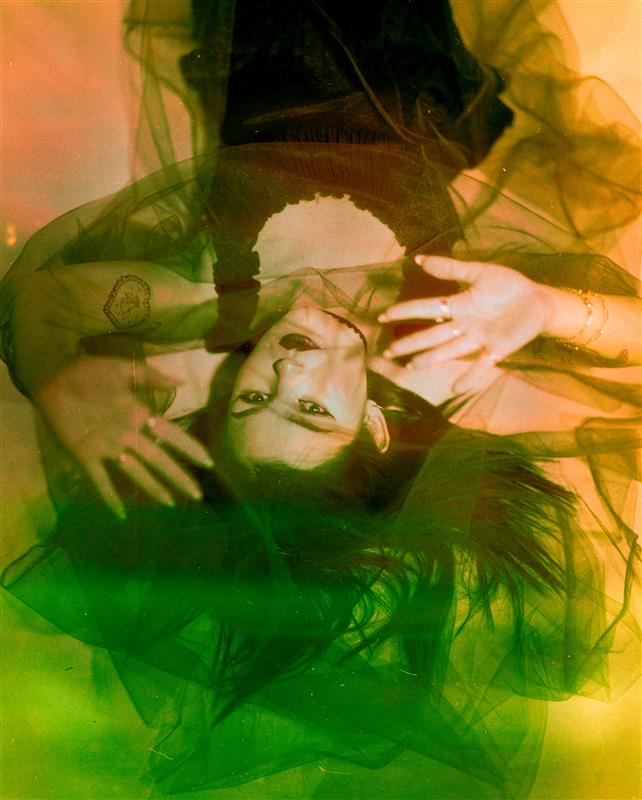
Gothic culture is one of complex meanings, presentations, and cultural associations. The style originated in France in the 12th century, being characterized by pointed arches, stained glass, and ribbed vault features in architecture. This style was labelled as “Gothic” later, used as a derogatory term.
The style moved closer to artistic expression, with the likes of Edgar Allen Poe. This led the way for gothic literature, with unnerving atmospheres, and dark aesthetics. Works like Mary Shelley’s Frankenstein, and Bram Stoker’s Dracula provided a fascination with death, horror, and the supernatural.
Gothic fashion and music only came to be in the 1970s and 1980s, as an offshoot of the punk rock movement. The subculture developed with influences from bands like Joy Division, Siouxsie and the Banshees, and Bauhaus, as well as gothic literature, cinema, and Victorian romanticism. Goth music incorporated darker themes and sounds into the punk and new wave genres. It often featured melancholic, introspective lyrics about death, existentialism, and the supernatural, with high-pitched basslines and dark atmospheric soundscapes.
The visual style developed from the punk aesthetic, with influence from key figures such as Siouxsie Sioux- with her raven hair and dark eye makeup- and The Batcave Club, which led the way for backcombed hair, dark clothing, and fishnet stockings. A fascination with the Victorian tradition of wearing black to signify mourning also influenced the adoption of dark clothing. Style icons such as Robert Smith, Winona Ryder, Vampira, Morticia Addams, and David Bowie helped develop and influence the subculture. Ted Polhemus described the gothic style as a “profusion of black velvets, lace, fishnets, and leather tinged, accessorized with tightly laced corsets, gloves, precarious stilettos and silver jewellery”.
The gothic subculture has now split into different variations, such as deathrock, haute goth, gothic Lolita, cybergoth, traditional goth, and Victorian goth. Each with their own origins, influences, and characteristics. Social media has helped the development of these subcultures, by increasing the awareness surrounding fashion trends. However, this has changed the dynamic and expectations of the community. Bianca Wooden stated how “goth has become less of an organic movement and more of a calculated brand”.
Social media influence has taken some of the authenticity from goth culture, but this doesn’t mean it’s ruined. You can utilise these social media platforms to continue your aesthetic journey. Platforms such as Tumblr and Pinterest provide inspiration on style, music, house decor, makeup, hair, etc. If you’re still not convinced these social media sites provide authentic goth culture, check out the goth classics; classic literature, movies, shows, fashion icons, and music.